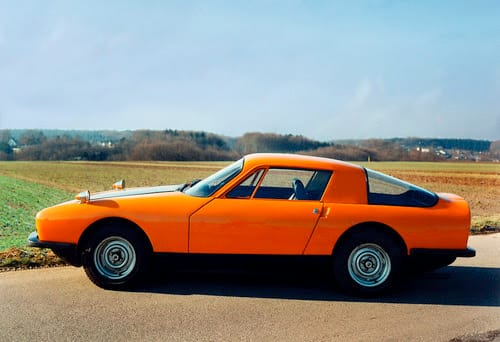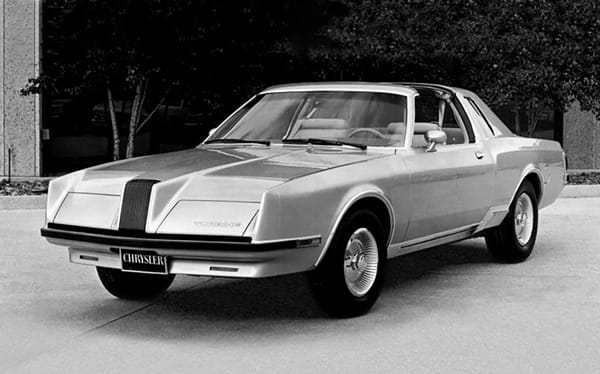MCA Centenaire
Car of the Day #75: 1990 MCA Centenaire
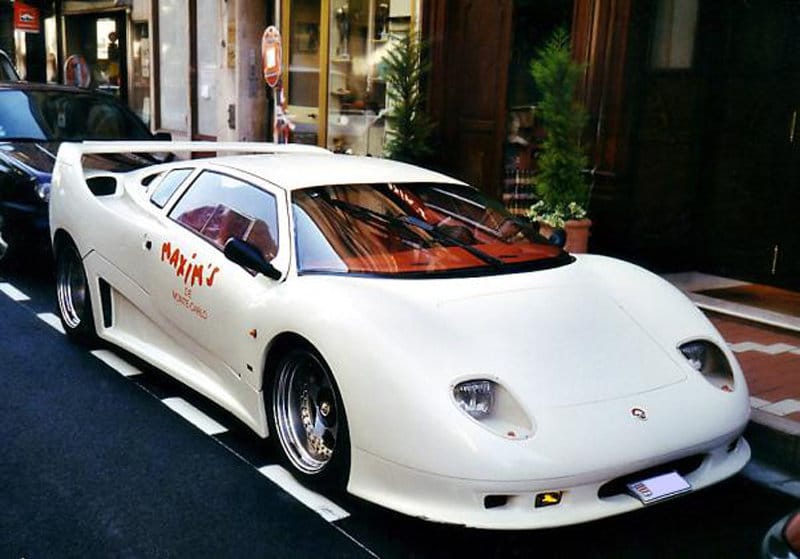
Sometimes, when running through the specifications, it’s hard to believe a supercar may eventually became a failure as a race car. Just the way the world works sometimes, right?
In the late 1980s, race driver Fulvio Ballabio was inspired by another weird car, the Horacio Pagani-designed Lamborghini Countach Evoluzione. As you may know, it was the first prototype road car chassis made entirely from carbon fibre.
Ballabio moved into the region of Monte Carlo called Fontvieille, one of the newest (and totally reclaimed from the sea) areas of the small principality.
MCA stands for Monte Carlo Automobile, and the Ballabio knew that to get support for his project among the country's supercar-eating elite, it needed to be cutting-edge.
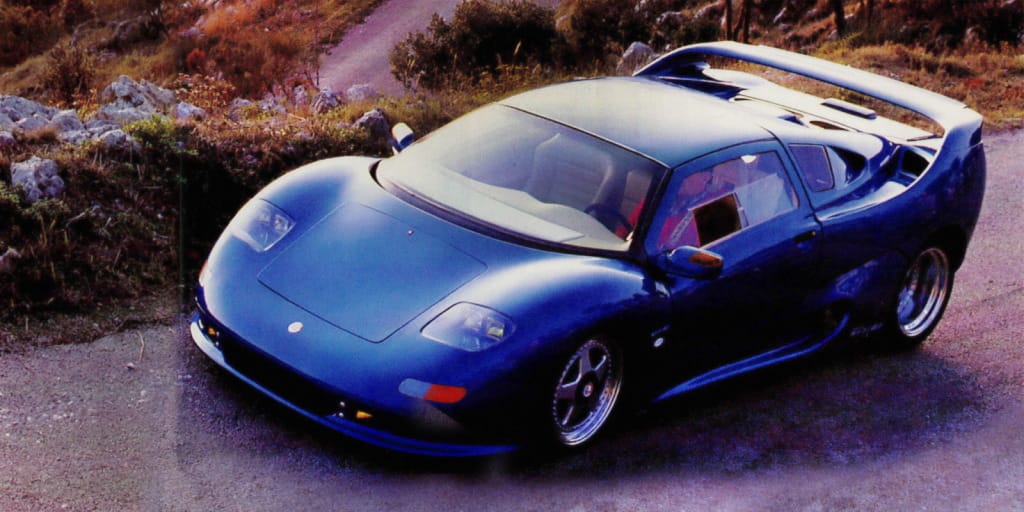
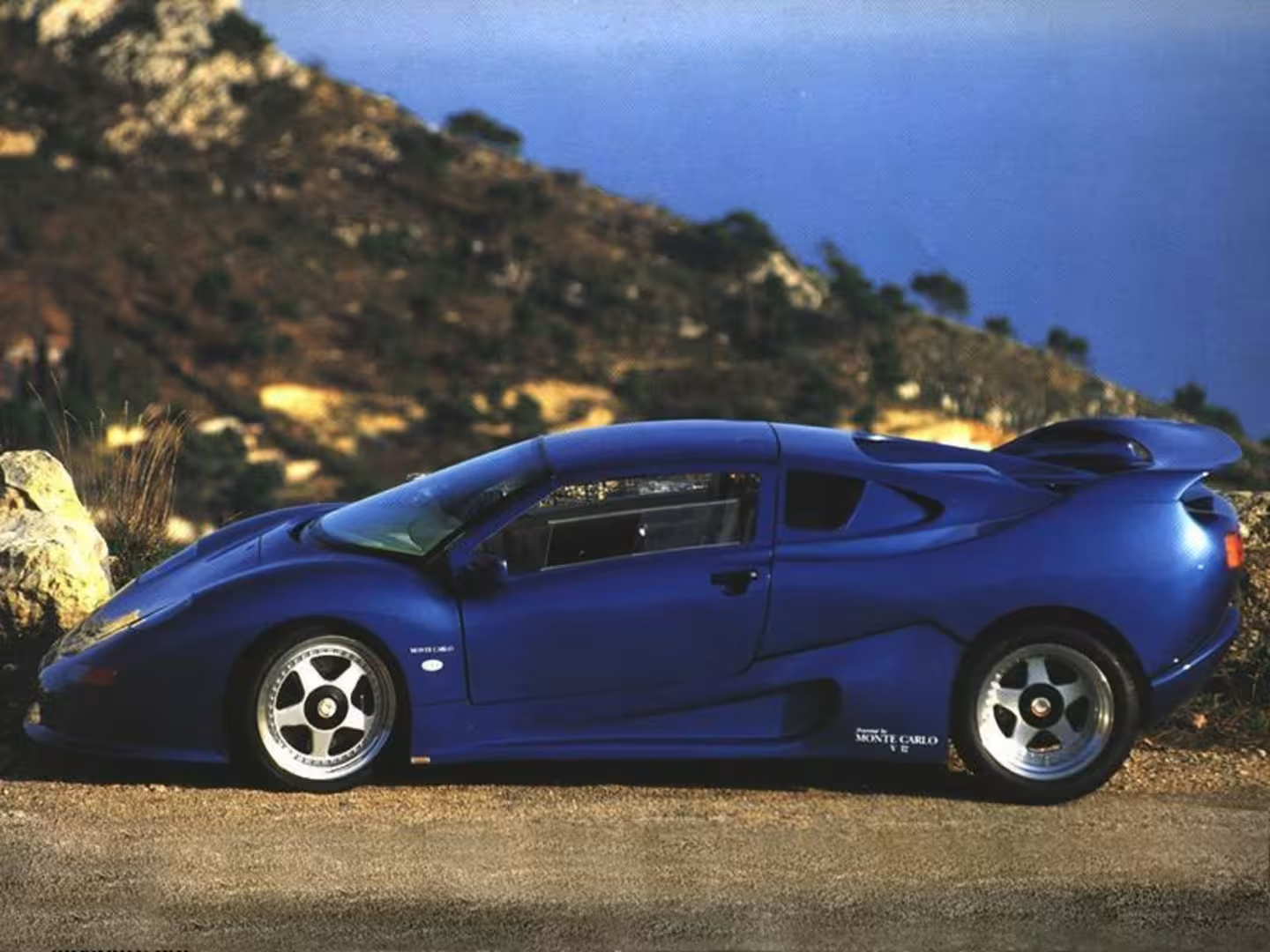
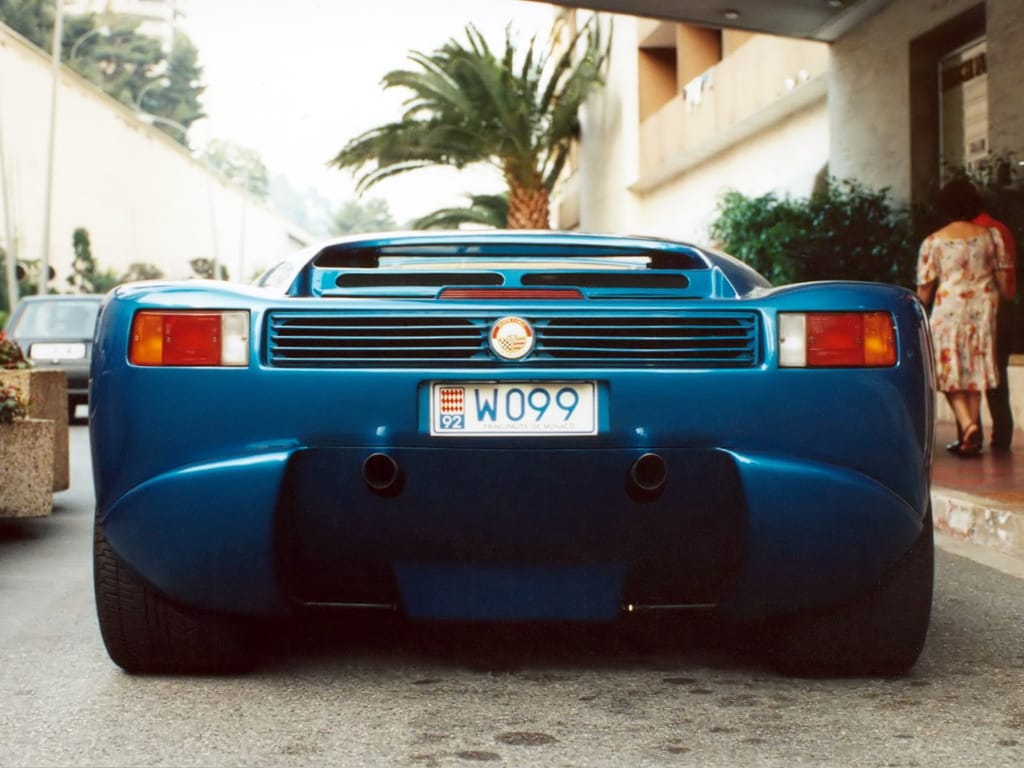
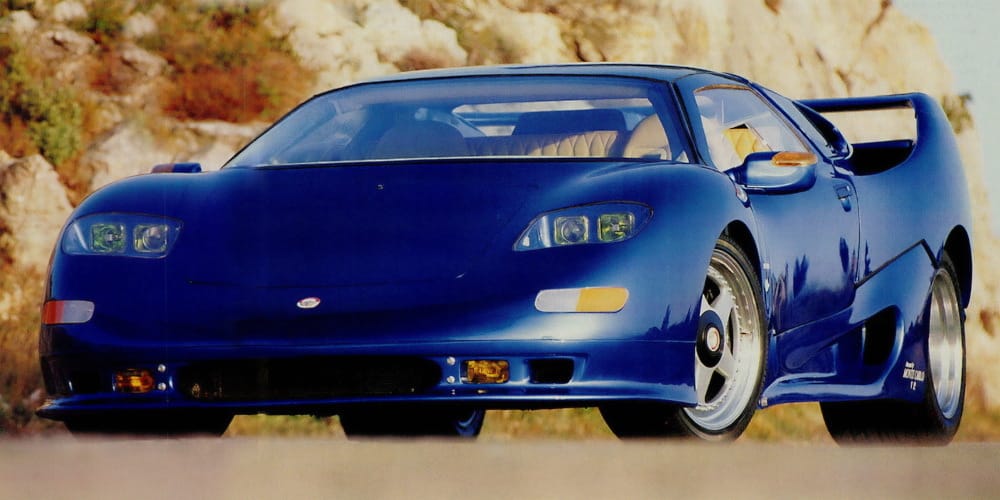
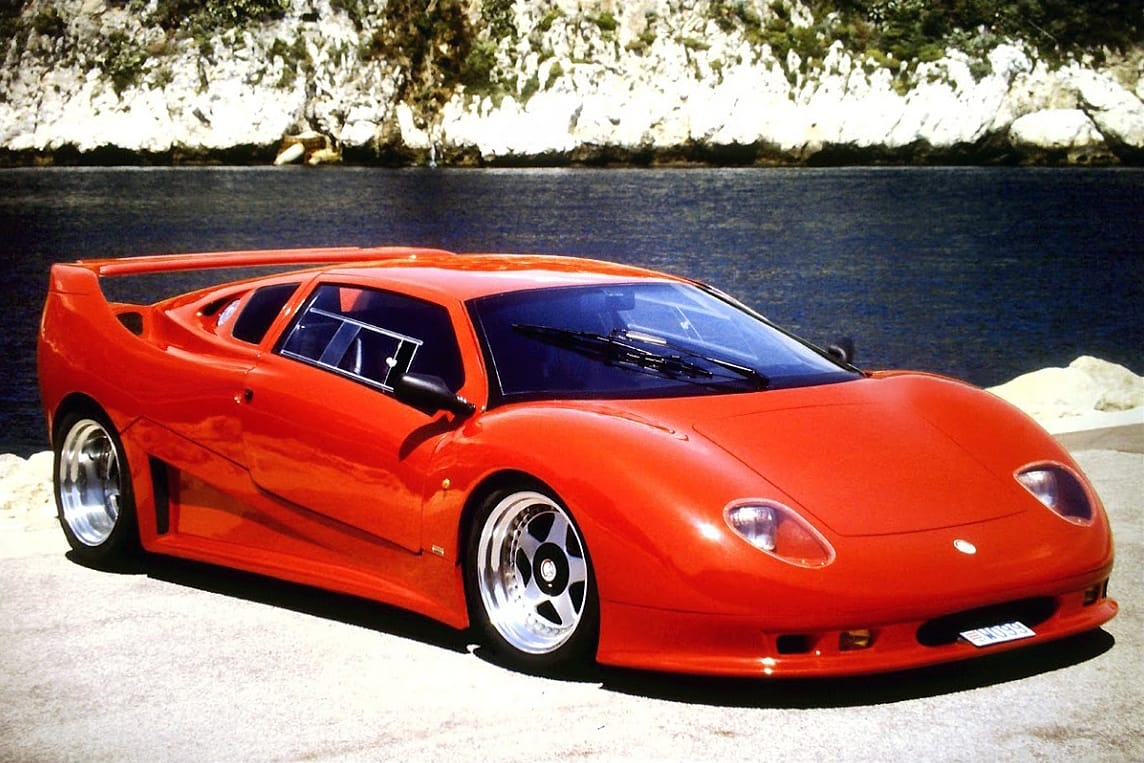

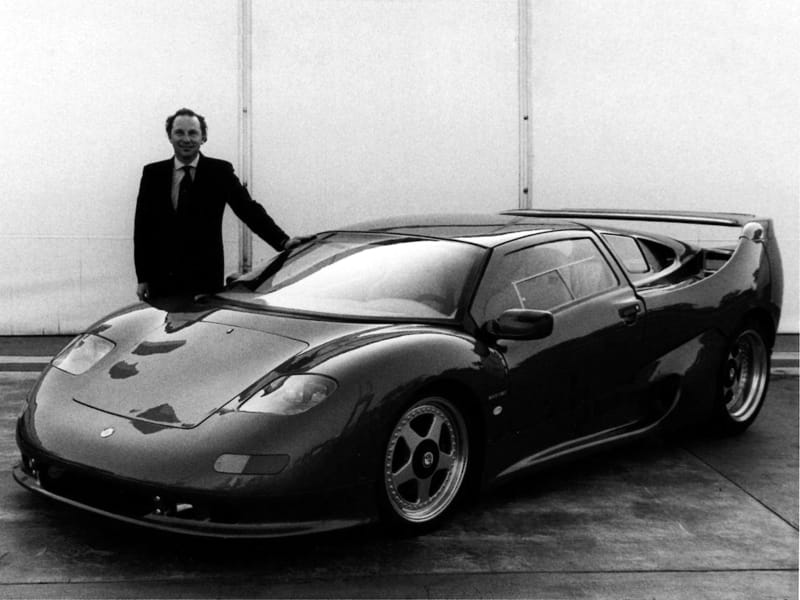
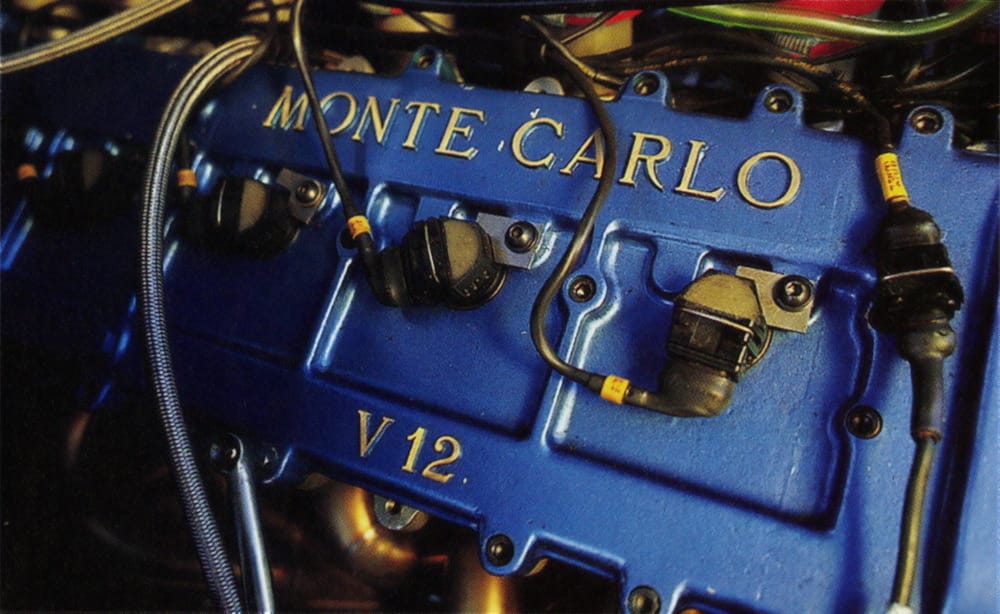
• via carjager, unknown sources
Unveiled in 1990, the Monegasque supercar had plenty of promise. All carbon fibre and powered by a Lamborghini V12 engine with 455 horsepower, which would push the car to a claimed top speed of 350 km/h (217 mph).
Some sources say an example may have featured a twin-turbocharged V12, but I haven't been able to locate any engine photos in order to verify. (Those same sources say that version packed 720 horsepower. Likely, a few different configurations could have been built to satisfy customers.)
In subsequent years, Coys, other auction houses, and high-end dealerships have offered Centenaire for sale, however, only five were made before production ended in 1992, so if you’re in the market: get your coins in order as soon as the next one pops up…
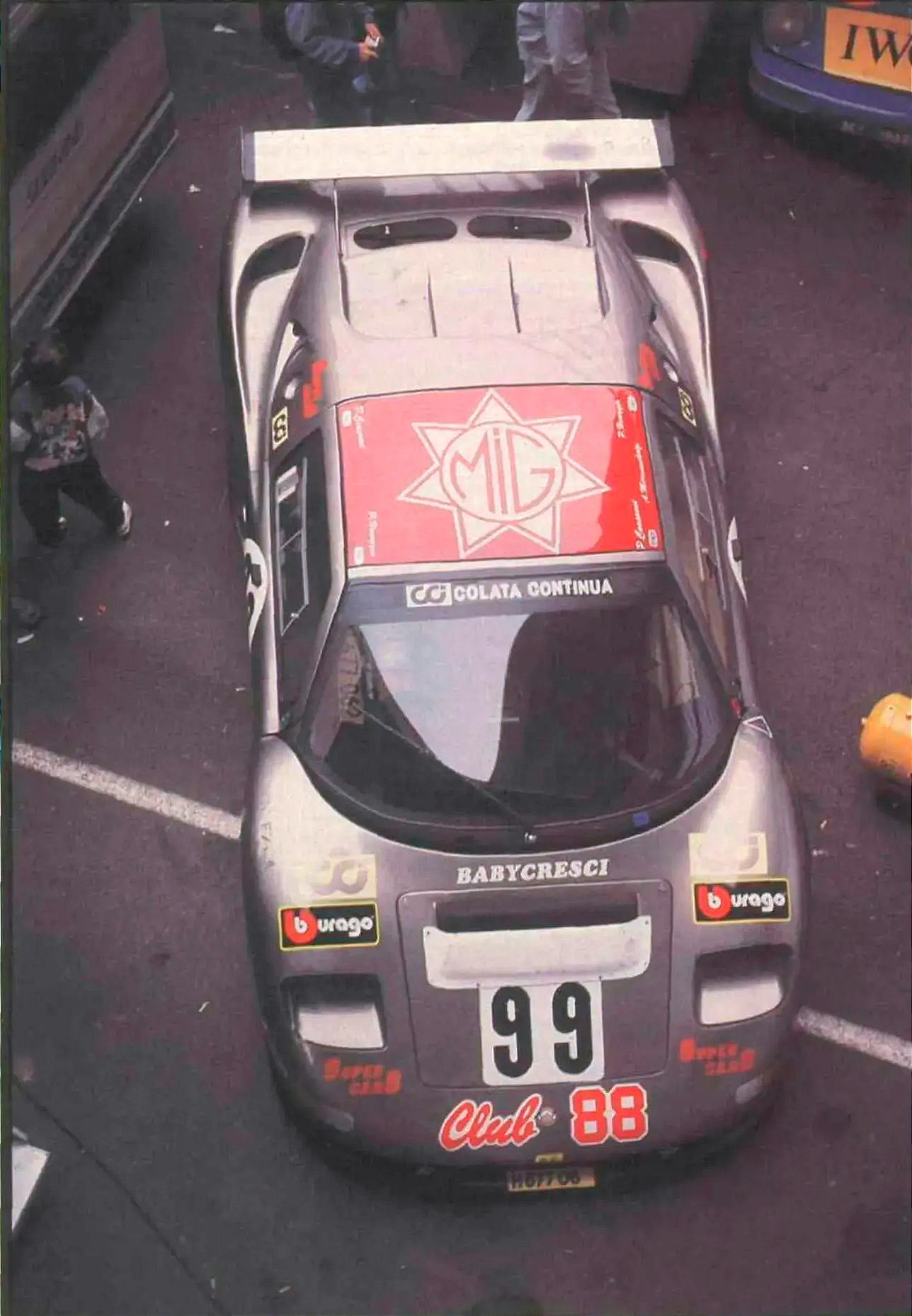
Now we get to the Le Mans connection. After orders dried up, Ballabio sold the rights for the design to a Georgian businessman who slightly modified the car and renamed it the MiG (Migrelia & Georgia) M100.
Confusingly, it had been built in a former facility (in Georgia) that up until the fall of the USSR…had been manufacturing components for Russian aircraft and aerospace company Mikoyan, aka Daddy MiG. According to Motor Sport, this caused officials in Russia some embarrassment as no teams from the far more powerful nation had yet found international success in auto racing. Still nothing.
The car was entered into Le Mans competition in 1993 under the team name Georgia Automotive MiG. Competitors in its class included the Venturi LM 500, Porsche Carrera RSR, race-prepared Lotus Esprit Sports, and the eventual class winner (until it was disqualified a month after the race) the Jaguar XJ220C.
How slow was the MiG M100? In qualifying, the GT class was topped by a Hans-Joachim Stuck/Hurley Haywood/Walter Röhrl Porsche 911 Turbo S LM, with a time of 4:06.510. The MiG's best lap was 5:59.150…At the end I include a lengthy period quote from Motor Sport magazine.
I wanted to see how that compared to previous races, so I went back and looked at the records: the MiG was fast enough to run with the leaders in the 1933 Le Mans.
Yes, not a typo: 1933. Clearly, the car had issues.
Plans for the car would be sold—again—to a French manufacturer of restricted-speed vehicles, Aixam, and reworked into another, different, supercar. I’ll park it there and leave you with a bit about the MiG…
“On paper, the sudden promise of 600 bhp may have looked appealing; in reality, the marriage to a five-speed Porsche gearbox designed to handle 300 was never going to work. Furthermore, both engine and gearbox were located by rubber mounts. The degree of flex in the drivetrain was alarming. According to Pierre Honegger, the US element in the line-up, you could stick the lever into what the gate told you was first, and find yourself in third, fifth or even neutral. Honegger attempted on several occasions to start a lap, but never got around to doing a full eight-mile circuit. Philippe Renault found the M100 similarly undriveable.
“Giampiero ‘Peo’ Consonni was the member of the trio who recorded that solitary timed lap; that, he conceded, owed as much as luck to judgment as he fished, usually in vain, for the appropriate forward gear. Attempts to run the MiG at all were finally thwarted when it became possible to engage any ratio at all, at rest, yet, with clutch pedal released, the car could still be pushed along as though it were in neutral.
“It transpired that the clutch had disintegrated under the strain. Much of the resultant metallic shrapnel had been ingested, thus also accounting for the engine, which had, in any case, spent most of its brief active life spewing oil and water in roughly equal measure.” – Motor Sport Magazine, 1993
SUPPORTING MEMBERS
Thank you to my supporting members: Ben B., Brad B., Chris G., Daniel G., Damian S., Daniel P., Drew M., Ingrid P., Karl D., Luis O., Michael J., Michael L., Michelle S., Mike B., Mike L., Mike M., Richard W., Sam L., Wiley H.


